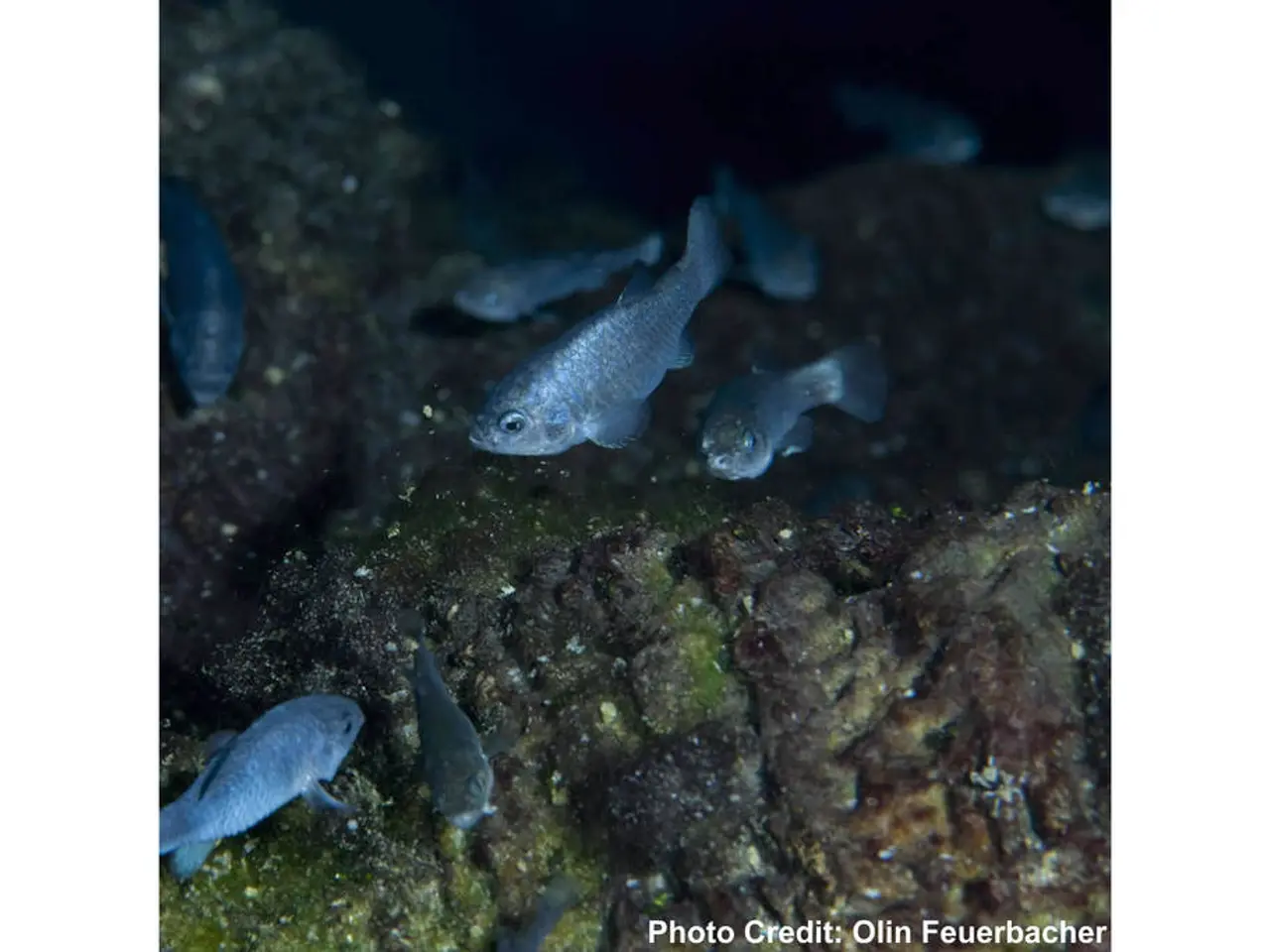Protecting Fishing Privileges for Native Nations: A Crucial Analysis from a Legal Standpoint
In the heart of the United States, a significant chapter in environmental conservation and social justice is unfolding. This narrative revolves around the protection and management of fisheries, a vital component of tribal economies and cultural heritage, as well as a critical response to the threats posed by climate change and habitat degradation.
For centuries, Native American tribes have relied on fisheries as a source of sustenance, culture, and commerce. This ancestral connection to the waters is deeply rooted in Indigenous sovereignty and traditional practices. The rights to fish were established through a series of treaties in the 19th century, with notable examples being the Yakama, Nez Perce, and other Pacific Northwest tribes. These rights were further affirmed and defined by landmark court decisions, such as the 1974 Boldt Decision, which recognized tribal co-management and guaranteed a significant portion of harvestable fish.
Over time, these fishing rights have been shaped and enforced through a combination of treaties, federal laws, and court rulings that uphold tribal sovereignty in fisheries. However, the journey has not been without challenges. Legal battles over fisheries rights emerged in the 20th century as resource exploitation intensified, with tribes facing competition from well-established commercial fishing operations and the threats posed by pollution and overfishing by non-tribal entities.
In response, tribal advocacy efforts have highlighted historical injustices and emphasized the need for recognition and restoration of fisheries access. Successful implementation of fisheries rights, as seen with the Nisqually Indian Tribe in Washington State, has led to landmark rulings affirming tribal rights to co-manage fishery resources alongside state agencies.
To navigate these complex challenges, collaborative efforts in fisheries management have become vital. Partnerships with government agencies focus on regulatory compliance, joint research initiatives, habitat restoration, community education, and outreach programs. Joint management agreements provide a formal mechanism for tribes to partner with state and federal agencies to develop and enforce regulations that honour tribal rights while promoting sustainability.
Investments in education and community training have helped tribes adopt innovative fisheries management practices, promoting economic resilience and ensuring the long-term viability of fisheries resources. Sustainable practices in fisheries include implementing catch limits, employing traditional fishing methods, and promoting aquaculture.
However, limited funding for fisheries management programs hinders efforts to implement necessary conservation measures and adopt modern fishing practices in tribes. Economic resilience is enhanced through diversified income sources, such as eco-tourism and partnerships with non-profit organizations.
The Magnuson-Stevens Fishery Conservation and Management Act plays a significant role in regulating fisheries activities, while advocacy groups support fisheries rights for tribes by promoting awareness, influencing policy, providing legal assistance, and facilitating collaboration between tribes and governmental agencies.
Despite the challenges, the story of fisheries rights for tribes is one of resilience, innovation, and a commitment to preserving cultural heritage. As we move forward, it is crucial to continue empowering tribes to assert their rights, protect their resources, and ensure the sustainability of fisheries for generations to come.
Read also:
- Understanding Hemorrhagic Gastroenteritis: Key Facts
- Stopping Osteoporosis Treatment: Timeline Considerations
- Tobacco industry's suggested changes on a legislative modification are disregarded by health journalists
- Expanded Community Health Involvement by CK Birla Hospitals, Jaipur, Maintained Through Consistent Outreach Programs Across Rajasthan








